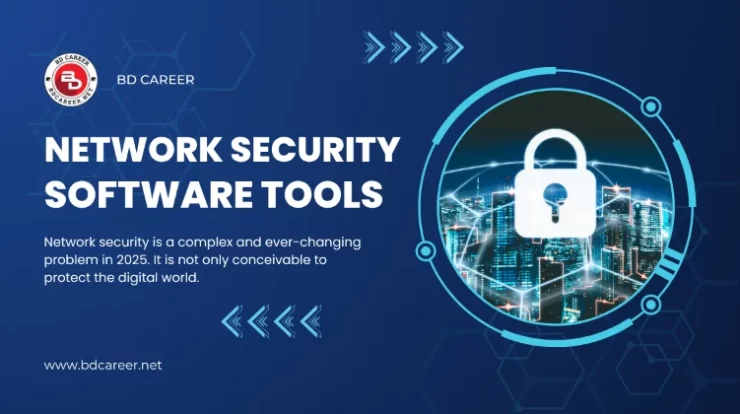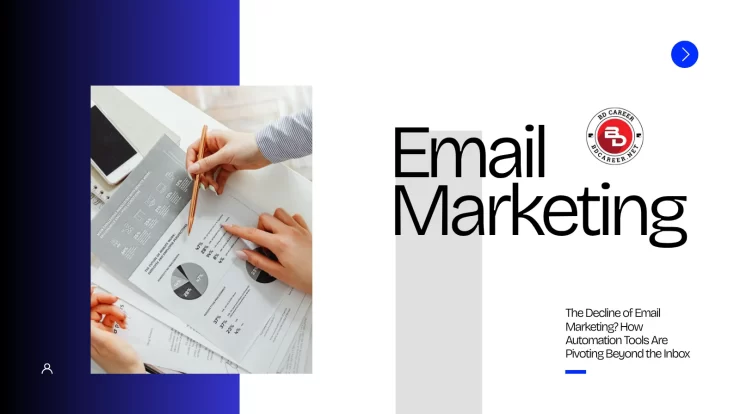
As companies deal with a constant stream of cyber attacks in 2025, the requirement for strong network security is greater than ever. To protect your digital assets, you need to use a tiered approach that includes firewalls, intrusion detection systems (IDS), and endpoint security. This is because more people are working from home, more people are using the cloud, and attackers are getting smarter. Here is a list of the best tools and technologies that every business should think about using to keep their networks safe.
Contents
The Foundation: Firewalls
Firewalls are the first line of defence. They operate as gatekeepers that keep an eye on and manage network traffic coming in and going out. Modern firewalls do a lot more than just filter packets. They also do deep packet inspection, use AI to stop threats, and work with other security systems.
Firewall Solution | Key Features | Best For | Pros | Cons |
Palo Alto Networks NGFW | Advanced threat protection, Zero Trust, deep packet inspection | Large enterprises, critical infrastructure | AI-powered, granular controls | Premium pricing, complex setup |
Fortinet FortiGate | All-in-one appliance, SD-WAN, UTM capabilities | Branch offices, distributed networks | High performance, low TCO, secure SD-WAN | UI could be more intuitive |
Cisco Secure Firewall | Integrated analytics, Talos threat intelligence | Hybrid enterprises, healthcare, and government | Rich Cisco integration | Steep learning curve |
Fortinet FortiGate is great for scattered networks and businesses that want to securely connect their SD-WAN, since it has high performance and unified threat management. Large companies that need fine-grained control and superior threat protection prefer Palo Alto Networks. Cisco Secure Firewall, on the other hand, has powerful analytics and performs well in Cisco-centric environments.

Intrusion Detection Systems: Spotting the Unseen
Intrusion Detection Systems: Finding the Hidden IDS keeps an eye on network traffic for known dangers and strange activities, letting administrators know about any breaches. The finest IDS tools use a mix of signature-based detection, behavioural analytics, and, more and more, AI.
IDS Solution | Key Features | Best For | Pros | Cons |
Snort | Open-source, protocol analysis, real-time alerts | General IDS needs, customizable environments | Good for traffic monitoring | Steep learning curve, complex setup |
Suricata | Multi-threaded, high-performance | High-throughput environments | Fast, scalable | Resource intensive |
Zeek (Bro) | Network traffic analysis, forensics | Forensic investigations | Deep traffic insights | Requires expertise |
OSSEC | Host-based, real-time analytics | Multi-platform environments | Continuous monitoring | Configuration complexity |
Snort is still a popular open-source tool for real-time detection and protocol analysis, even if setting it up can be hard. Suricata is great for high-traffic areas since it works quickly, and Zeek is great for forensic analysis. OSSEC can identify intrusions on hosts and keep an eye on files, logs, and activities on a variety of platforms.

Endpoint Security: Keeping All Devices Safe
Endpoint Detection and Response (EDR) solutions are very important since endpoints are typical places for attackers to get in. These programs find, look into, and deal with dangers on particular devices, frequently using AI to quickly and automatically defend them.
EDR Solution | Key Features | Best For | Pros | Cons |
SentinelOne Singularity | AI-driven, autonomous detection/response | Enterprises, ransomware defence | Automated, effective rollback | Premium cost |
CrowdStrike Falcon | Cloud-native, real-time threat detection | Large organizations, remote work | Fast deployment, strong analytics | Requires internet access |
Bitdefender GravityZone | AI threat detection, lightweight agents | SMBs, mid-market businesses | Affordable, low resource use | Fewer enterprise features |
Trellix (McAfee) | Unified XDR, analytics | Security operations centres | Integrated, legacy support | Migration complexity |
SentinelOne is the best since it has AI-powered, self-driving reaction and ransomware protection. People like CrowdStrike Falcon because it is built for the cloud and has real-time analytics. Bitdefender GravityZone is a cheap and lightweight option for small and medium-sized businesses (SMBs). Trellix (previously McAfee) combines protection for endpoints, networks, and the cloud so that everything is visible in one place.

Additional Essential Network Security Tools
There are several other tools that are just as important as firewalls, IDS, and endpoint protection in a complete security plan:
- Wireshark is an open-source protocol analyzer that lets you look at packets in detail and fix problems. It works on many operating systems, although it has a high learning curve and can only analyze a small amount of encrypted traffic.
- Nexpose is a real-time vulnerability scanner that ranks risks and suggests ways to fix them. It’s straightforward to use, although it doesn’t include some authentication and customer support functions.
- Splunk is a cloud-based platform for analyzing, alerting, and reporting on security data in real time and in the past. It is sophisticated but can be hard for beginners to use.
- Nagios: Monitors hosts, systems, and networks in real time and sends customizable warnings. It’s easy to use, but it has limited reporting and can slow down when there is a lot of monitoring.
- Tor: Uses onion routing to keep your internet activity private and anonymous. It works well for privacy, but it can slow down browsing.
- Nessus Professional: A full-featured vulnerability assessment tool with customizable reports. It’s adaptable, although scans of large networks may take longer.
Choosing the Right Tools for Your Organization
There are a number of things to think about while choosing the finest network security tools:
- Network size and complexity: Fortinet or Palo Alto firewalls may be needed for large, distributed networks that need high-performance, scalable solutions. On the other hand, SMBs may care more about how easy it is to use and how much it costs.
- Adopting the cloud: Tools like Forcepoint and Trellix are made for cloud-based systems and offer protection for endpoints, networks, and cloud services all in one place.
- Threat landscape: Companies that are at risk of sophisticated attacks should look into AI-powered solutions like SentinelOne or CrowdStrike for quick detection and reaction.
- Regulatory requirements: Nessus and Splunk are examples of tools that help meet industry standards by providing extensive reporting and compliance support.
The best way to protect yourself from new attacks is to use a layered security approach that includes firewalls, IDS/IPS, endpoint protection, and monitoring tools.
conclusion
Network security is a complex and ever-changing problem in 2025. The best tools, such as next-generation firewalls, advanced IDS, AI-powered endpoint security, and deep traffic analyzers, are the building blocks of a strong defence. Companies need to regularly check and upgrade their security stack by adding solutions that are optimal for their specific needs and threat profiles. It is not only conceivable to protect the digital world, but it is also necessary to do so with the correct mix of technology and watchfulness.





